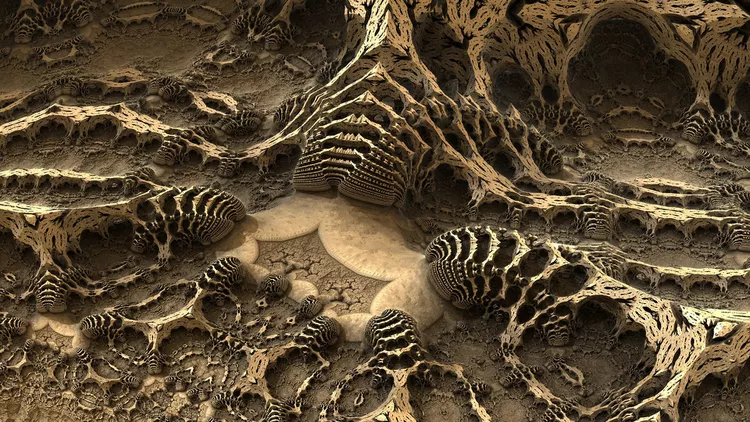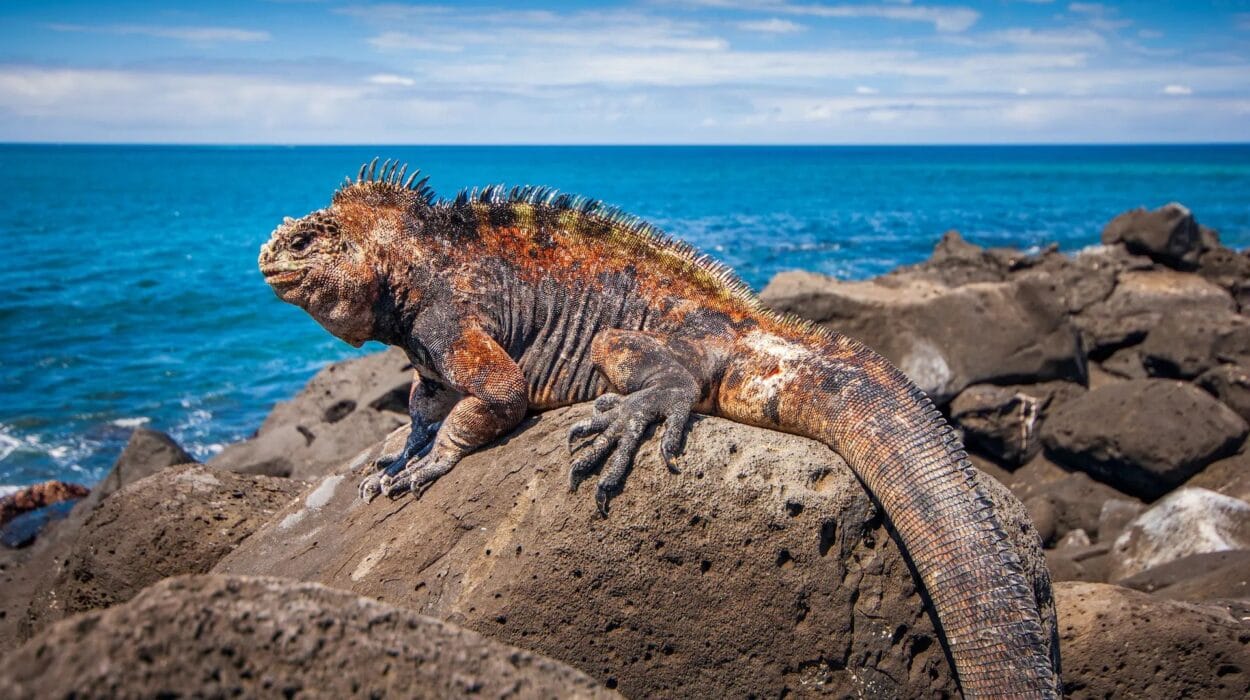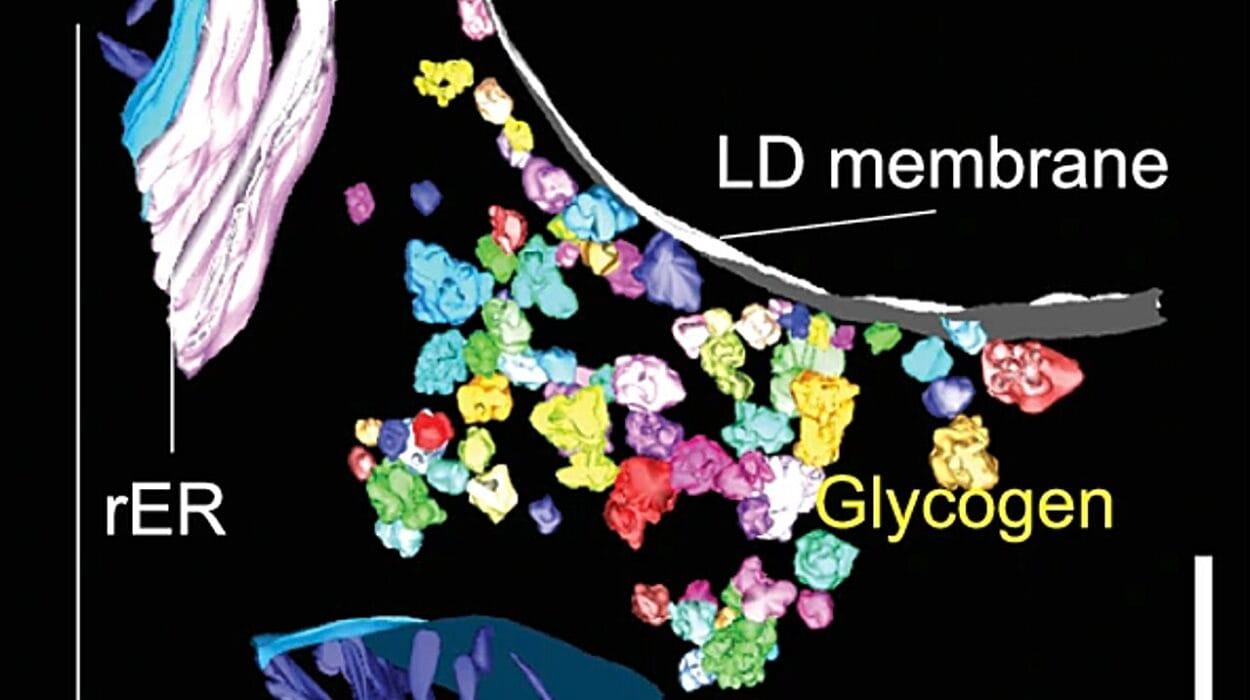There’s a story buried beneath our feet—millions of years long, written not in ink, but in stone. This is the chronicle of Earth’s deep past, where entire worlds have risen and vanished, where oceans once swept across deserts, and where creatures strange and beautiful have lived, died, and become part of the rock itself. Reading this ancient text is the domain of paleontology, and one of its most powerful tools is the enigmatic and essential index fossil.
These fossilized remains are more than the echoes of life long gone—they are signposts, bookmarks in the book of geologic time. With them, scientists have built an intricate timeline of Earth’s history, connecting distant continents and reconstructing long-lost ecosystems. But what makes a fossil an index fossil? And how do these relics of life become the key to understanding our planet’s past?
The answer lies in the intersection of biology and geology, of evolution and extinction, of time and space. And it begins in the shallow seas of a vanished world.
Tracing the Pulse of Deep Time
To understand index fossils, we must first grasp the concept of geologic time. Unlike human history, which spans thousands of years, the history of life on Earth stretches back billions. It’s a timescale so vast it defies our ordinary sense of chronology. To divide such immensity into manageable portions, geologists rely on the rock record—layers of sediment and volcanic ash that capture snapshots of Earth’s changing surface.
But these layers are more than just ancient dirt. They’re archives of entire eras. Some contain the remains of long-extinct trilobites, others the bones of dinosaurs, still others the shells of tiny sea creatures no bigger than grains of sand. By studying the fossils within these strata, scientists can correlate rocks across continents and build a unified history of life.
Index fossils are the stars of this show. They are the organisms that lived fast and died young—geologically speaking. Their brief but widespread presence in the fossil record allows paleontologists to date rock layers with remarkable precision. Without them, the sequence of Earth’s history would be a fractured puzzle. With them, it becomes a coherent narrative.
Born to Guide: What Makes a Fossil an Index?
Not all fossils are equal in the eyes of time. Some creatures, like the horseshoe crab, have changed little in hundreds of millions of years. While fascinating, they don’t help scientists distinguish between specific moments in geologic history. Index fossils, in contrast, are the sprinters of evolution. They emerged, flourished, and vanished within relatively short periods, leaving behind a fossil footprint so distinct and time-specific that it can be used to mark layers around the world.
For a fossil to be considered an index fossil, it must meet several crucial criteria. First, the species must have existed during a short geologic time span. This narrow window of existence helps ensure that if the fossil is found in a rock layer, that layer belongs to a specific time period.
Second, the organism must have been widespread. A globally distributed species means the same fossil can be found in rock layers on different continents, allowing for correlation between distant geological formations.
Third, the fossil must be easily recognizable. Its features should be distinct enough that scientists can identify it with confidence, even from partial remains.
And finally, the fossil must be abundant. Rarity may be intriguing, but it doesn’t serve the practical needs of stratigraphy—the science of dating and correlating rock layers.
Organisms like ammonites, trilobites, brachiopods, and certain microscopic foraminifera and conodonts fit the bill perfectly. Their fossilized remains are like the standardized timestamps of ancient Earth.
Ammonites: The Timekeepers of the Mesozoic
Perhaps the most iconic index fossils are the ammonites—marine mollusks with intricately spiraled shells, related to today’s squid and octopuses. Flourishing during the Mesozoic Era, especially in the Jurassic and Cretaceous periods, ammonites evolved rapidly into numerous distinct forms. Each species lived for just a few million years, yet their remains are found on every continent.
Their elaborate, coiled shells often display complex suture patterns—the lines where the internal walls meet the outer shell—which help paleontologists distinguish between species. These subtle variations allow scientists to assign rock layers to incredibly specific time intervals.
Ammonites became extinct at the end of the Cretaceous period, along with the dinosaurs, but their fossilized presence in sedimentary rocks remains a critical tool for dating marine deposits. When geologists discover an ammonite fossil in a cliff face or core sample, they’re not just looking at a seashell—they’re holding a clock.
Trilobites: The Eyes of the Paleozoic
Long before ammonites ruled the seas, trilobites crawled along the ocean floor. These armored arthropods thrived during the Paleozoic Era, from the Cambrian to the Permian periods. They were among the first creatures with complex eyes, and their fossils are among the most diverse in the entire fossil record.
Trilobites evolved quickly and were geographically widespread, making them excellent index fossils for the early Paleozoic. Certain species are so precisely dated that their presence in a rock layer can narrow down the age of that layer to within a few million years.
Their detailed segmentation, spine arrangements, and eye structures allow for meticulous classification. For paleontologists working in Cambrian or Ordovician rocks, trilobites are essential time-markers—silent witnesses to a world more alien than any science fiction.
Microscopic Marvels: Foraminifera and Conodonts
While large, dramatic fossils like ammonites and trilobites capture the public imagination, some of the most powerful index fossils are almost invisible to the naked eye. Foraminifera (or forams) are single-celled marine organisms that build tiny shells, or tests, often from calcium carbonate. Conodonts were eel-like creatures with tooth-like feeding elements that fossilize beautifully.
Both groups are incredibly useful for biostratigraphy, especially in petroleum geology. Forams and conodonts can be extracted from drill cores and used to date subsurface rock layers with extraordinary accuracy. Their widespread distribution, rapid evolution, and high fossilization potential make them invaluable for exploring oil-bearing formations.
Micropaleontologists study these fossils under microscopes, mapping their presence across vast geologic sections. It’s quiet, painstaking work, but its impact is immense. In many cases, the success of multi-million-dollar drilling operations depends on the guidance of these tiny fossils.
Stratigraphy and the Global Time Scale
Index fossils are central to stratigraphy—the study of rock layers and layering. This science is not just academic; it’s the backbone of how we understand Earth’s history. The Geologic Time Scale, with its familiar divisions into eons, eras, periods, epochs, and ages, is built from countless stratigraphic correlations supported by index fossils.
Each major boundary on the geologic time chart, such as the end of the Cretaceous or the beginning of the Cambrian, is defined by a global event and marked by fossil transitions. These “golden spikes,” or Global Boundary Stratotype Sections and Points (GSSPs), are internationally agreed-upon reference points that tie rock layers to specific moments in geologic time.
Without index fossils, this framework would collapse into uncertainty. Radiometric dating provides absolute ages, but it’s often imprecise or unavailable in sedimentary rocks, which are where most fossils are found. Index fossils bridge the gap, allowing relative dating and correlation across space and time.
Unlocking Ancient Environments
Index fossils do more than just tell time—they also reveal the nature of ancient environments. Because many index fossils lived in specific ecological niches, their presence can inform us about past climates, ocean chemistry, sea levels, and even the positions of continents.
For example, if a particular foram species thrived in warm, shallow seas and is found in sedimentary rocks now located in Antarctica, that suggests dramatic continental drift or climate change. Similarly, certain conodont color changes reflect past temperatures, providing geochemical clues to Earth’s thermal history.
In this way, index fossils become more than clocks—they are storytellers. They speak of vanished coastlines, sunlit coral reefs, deep anoxic basins, and the march of evolution across shifting landscapes.
A Tool for Exploration and Industry
The practical uses of index fossils extend far beyond academic curiosity. They play a crucial role in resource exploration, especially in the oil and gas industries. Geologists use fossil assemblages to identify subsurface formations likely to contain hydrocarbons. The discovery of certain index fossils in core samples can indicate the age and depositional environment of the rocks—information essential for locating oil reservoirs.
Even outside the energy sector, index fossils are used in groundwater studies, mineral exploration, and environmental assessments. They help correlate rock layers across construction sites, mines, and archaeological digs. Their reliability makes them one of geology’s most trusted tools.
Human Hands and Fossil Clocks
Behind every index fossil discovery lies a story of human endeavor—of muddy boots in remote outcrops, of fingers brushing dust from ancient shells, of scientists spending years refining the evolutionary timeline of a single species. The work is often quiet, meticulous, and slow, but its rewards are immense.
In dusty museums and gleaming labs, teams of researchers labor to refine the stratigraphic record, improve fossil identification, and communicate their findings to the world. Field notebooks, digital models, and microscopic slides converge to bring the fossil record into ever-sharper focus.
This partnership between human intelligence and the silent stones of time is among the most profound in science. It’s a collaboration that reaches across eras, binding the minds of today to the lives of creatures that lived before mammals even existed.
Fragility and Fidelity in the Fossil Record
Of course, the use of index fossils is not without challenges. The fossil record is incomplete and biased. Not all organisms fossilize equally—hard shells preserve better than soft tissues; marine environments are more likely to record fossils than forests or mountains.
Moreover, tectonic activity, erosion, and metamorphism can destroy or distort fossil-bearing layers. Paleontologists must contend with gaps in the record, ambiguities in classification, and the ever-present risk of misinterpretation.
But the beauty of science lies in its self-correcting nature. With every new fossil discovery, with every refinement in taxonomy or stratigraphy, our understanding grows stronger. The map of time becomes more detailed, more interconnected. And through it all, index fossils remain the vital thread that holds the narrative together.
The Poetry of Deep Time
To hold an index fossil in your hand is to touch time. Not the mechanical ticking of a wristwatch, but the slow, rhythmic pulse of Earth’s living story. These fossils are the punctuation marks of extinction and evolution, of ancient lives once teeming in primordial seas.
There is something humbling and awe-inspiring in their simplicity. A spiral shell. A tiny tooth. A microscopic chambered cell. Each one carries the weight of ages, the memory of ecosystems lost and reborn. Each one invites us to step beyond the brief span of human history and glimpse the immensity of life’s journey.
In a world obsessed with the new, index fossils remind us of the old—and of the resilience of life in the face of cataclysm. They teach us not only about extinction, but about renewal. About patterns. About change. And about the importance of looking backward in order to understand where we stand today.
A Legacy Still Unfolding
Even now, new index fossils are being discovered and classified. As techniques like isotopic analysis and high-resolution imaging evolve, scientists can draw even finer distinctions between time periods and fossil lineages. The timeline of life is being constantly redrawn, not just with DNA and data, but with stone.
We live in a time when the Earth’s surface is more accessible than ever—yet we are still uncovering its most ancient secrets. New fossil sites emerge in deserts, mountains, and under melting glaciers. With each discovery, index fossils help anchor these finds in the grand chronology of Earth.
The science of index fossils is not a relic of the past—it is a key to the future. As we confront climate change, biodiversity loss, and the long-term fate of our species, understanding Earth’s history becomes more than an academic pursuit. It becomes a mirror. It becomes a guide.






